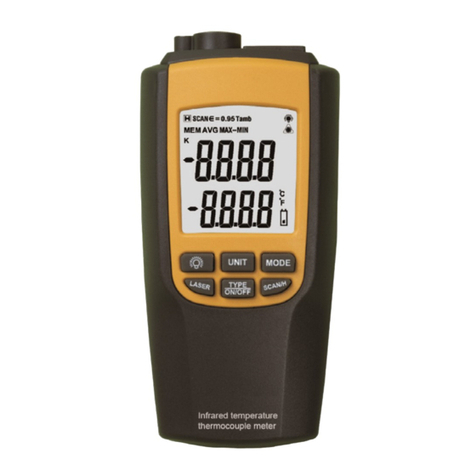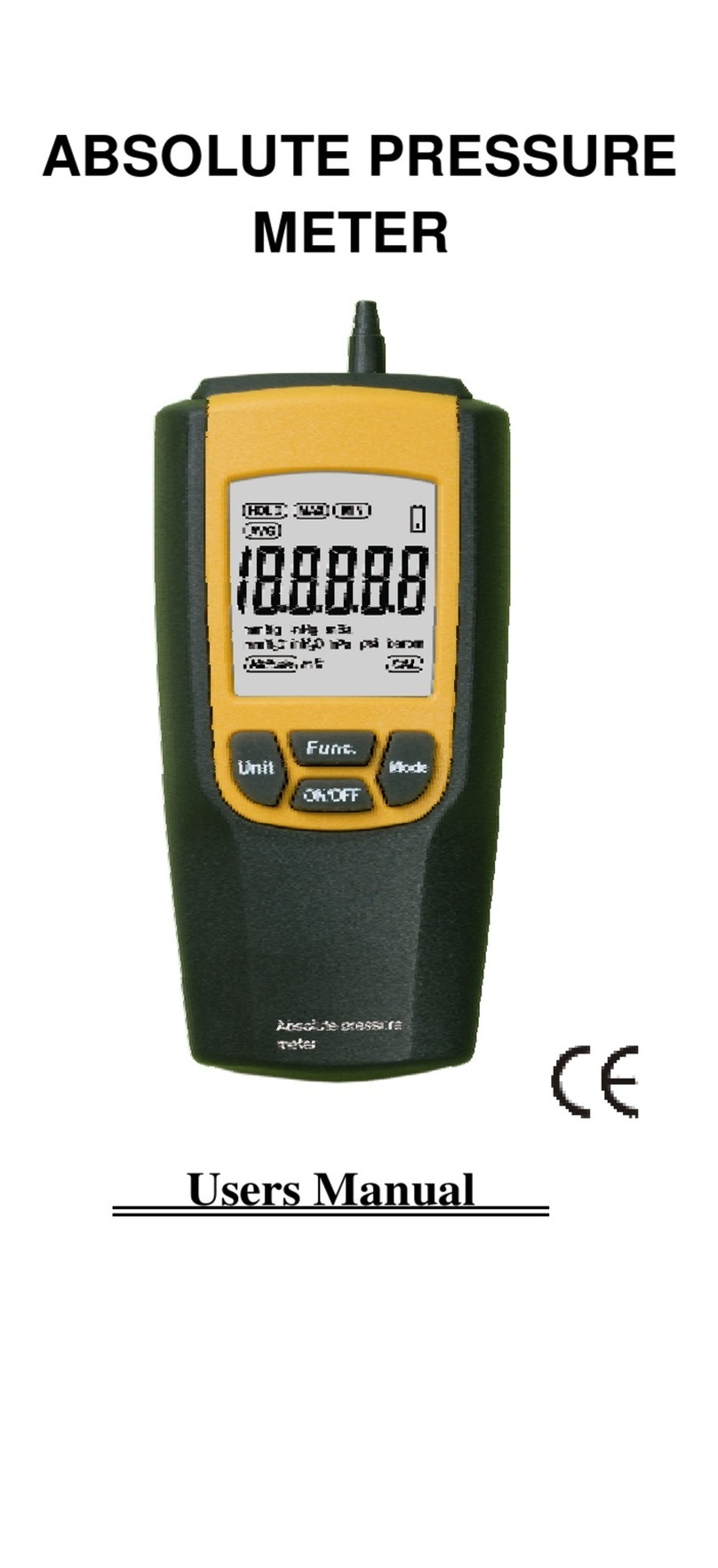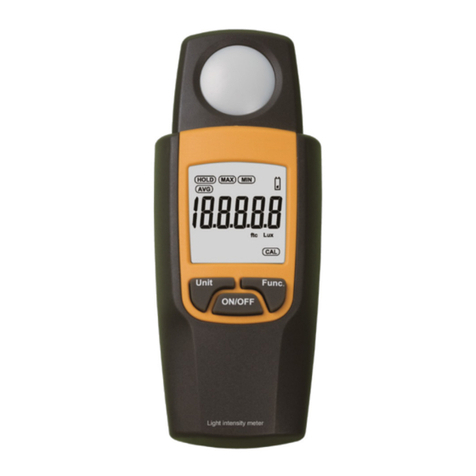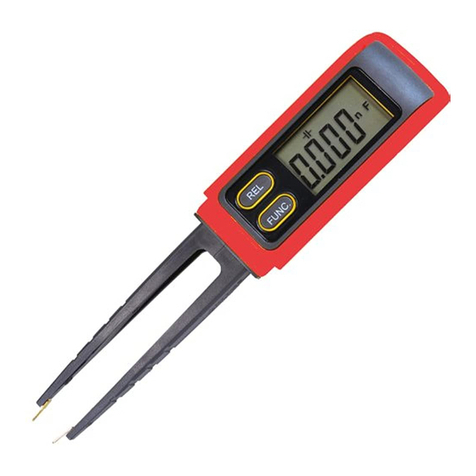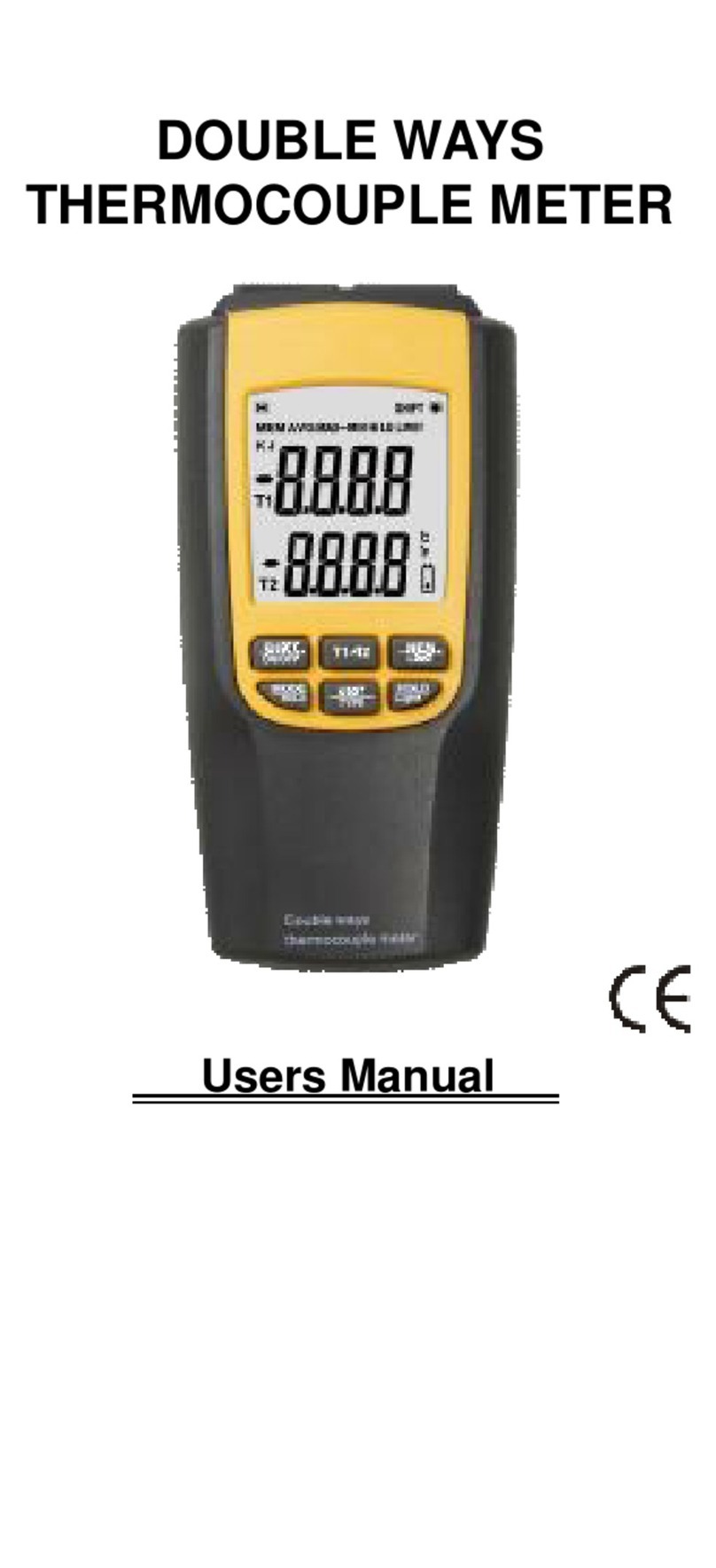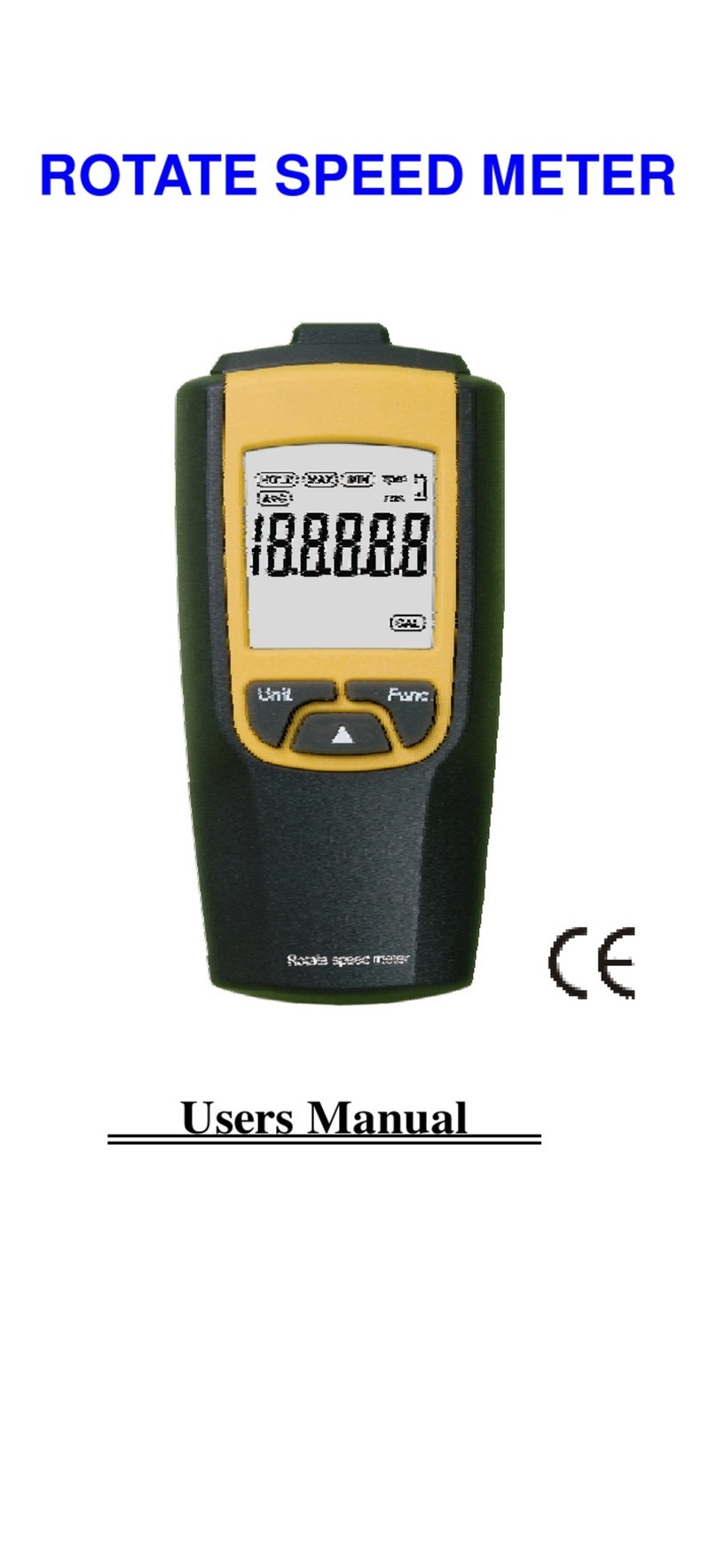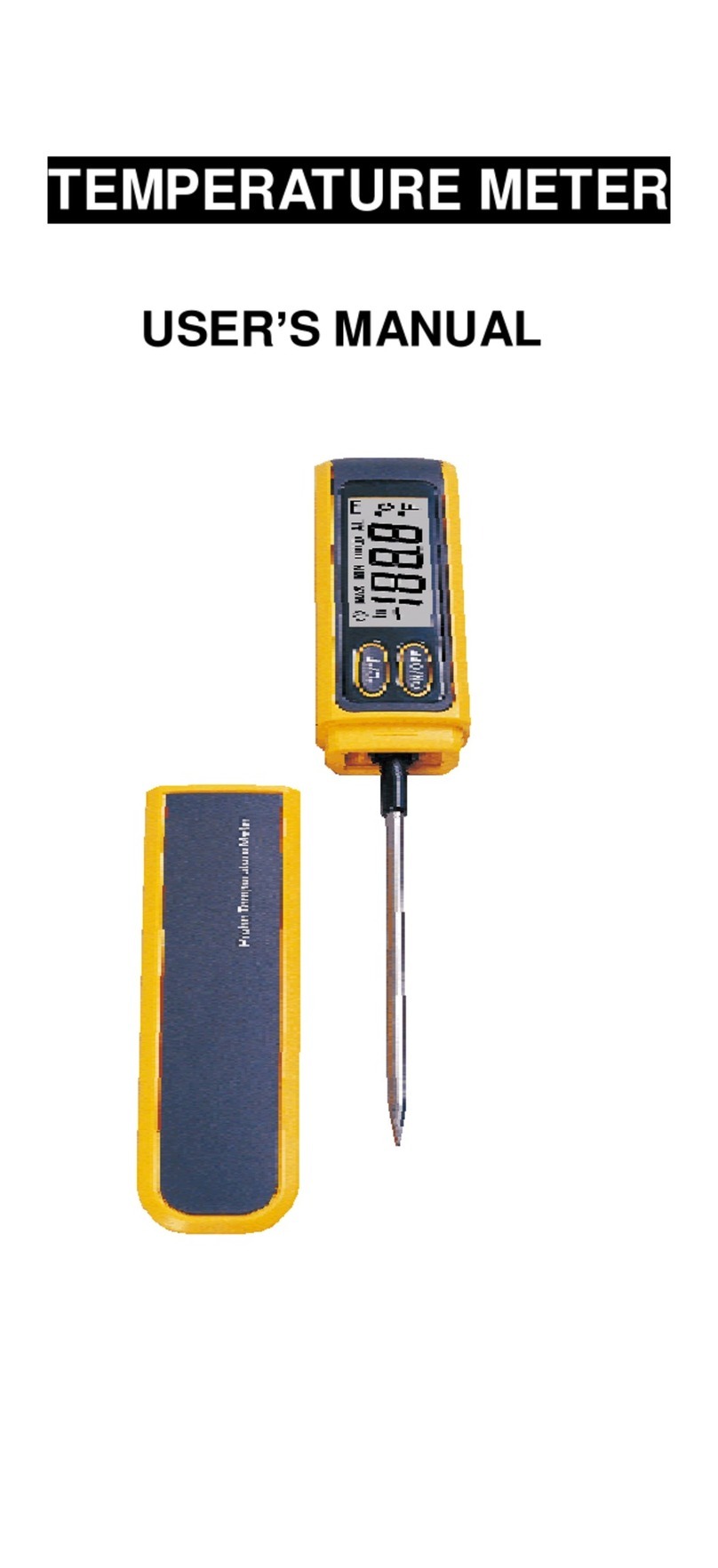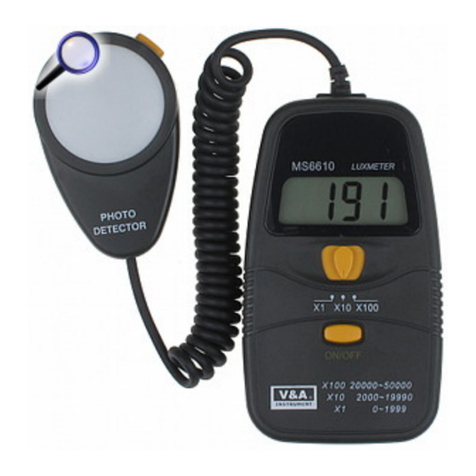
Table of Content
1. SAFETY INFORMATION................................................................................................ 3
1.1 PRELIMINARY ......................................................................................................... 3
1.2 DURING USE........................................................................................................... 3
1.3 SYMBOLS ................................................................................................................ 4
1.4 MAINTENANCE ....................................................................................................... 4
2 DESCRIPTION ............................................................................................................... 5
2.1 FUNCTIONS AND RANGE SELECTOR.................................................................. 6
2.2 TRANSFORMER JAWS........................................................................................... 6
2.3 DATA HOLD............................................................................................................. 6
2.4 INPUT JACKS .......................................................................................................... 6
3 OPERATING INSTRUCTION ......................................................................................... 7
3.1 MEASURING CURRENT ......................................................................................... 7
3.2 INSULATION TEST.................................................................................................. 7
3.3 MEASURING VOLTAGE.......................................................................................... 8
3.4 MEASURING RESISTANCE.................................................................................... 8
3.5 TESTING DIODE ..................................................................................................... 8
3.6 CONTINUITY TEST ................................................................................................. 8
3.7 MEASURING TEMPERATURE................................................................................ 8
3.8 MEASURING FREQUENCY .................................................................................... 9
4 SPECIFICATIONS .......................................................................................................... 9
4.1 GENERAL ................................................................................................................ 9
4.2 AC CURRENT ........................................................................................................ 10
4.3 INSULATION TEST................................................................................................ 10
4.4 AC VOLTAGE...................................................................................................... 10
4.5 DC VOLTAGE...................................................................................................... 11
4.6 RESISTANCE ........................................................................................................ 11
4.7 TEMPERATURE .................................................................................................... 11
4.8 FREQUENCY ......................................................................................................... 11
5 ACCESSORIES ............................................................................................................ 12
5.1 SUPPLIED WITH THE MULTIMETER................................................................... 12
5.2 OPTIONAL ACCESSORY...................................................................................... 12
6 BATTERY REPLACEMENT ......................................................................................... 12












